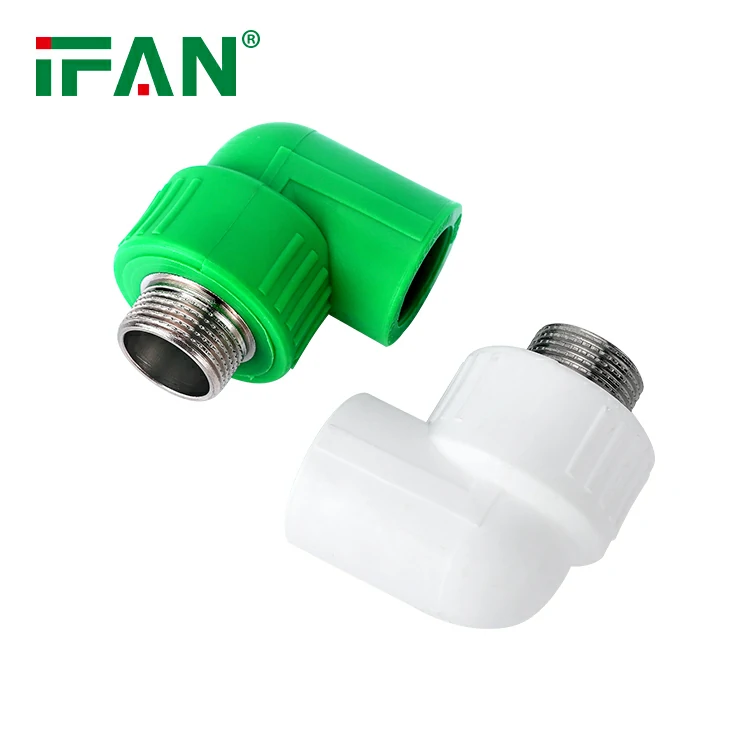The construction process and plan for PE water supply pipes can vary depending on the specific project requirements and local regulations. However, here are some general steps that are typically followed:
- Design and Planning: The first step is to design and plan the water supply system. This includes determining the required pipe diameter, length, and pressure rating, as well as identifying the location of the water source, treatment plant, and distribution network.
- Site Preparation: The next step is to prepare the construction site. This includes clearing the area, excavating trenches for the pipes, and preparing the foundation.
- Pipe Installation: The PE water supply pipes are then installed in the trenches according to the design plan. The pipes are joined together using heat fusion, which melts the ends of the pipes and fuses them together to form a strong, leak-free joint.
- Backfilling: Once the pipes are installed, the trenches are backfilled with soil to provide support and protection for the pipes.
- Pressure Testing: The system is then pressure tested to ensure that there are no leaks or other defects. This is typically done by filling the pipes with water and pressurizing them to the required level for a specified period of time.
- Final Inspection: Once the pressure testing is complete, the system is inspected to ensure that it meets all local regulations and safety standards.
- Commissioning: Finally, the water supply system is commissioned and put into operation. This involves flushing the pipes to remove any debris or contaminants, and adjusting the pressure and flow rate to meet the required demand.
Overall, the construction process and plan for PE water supply pipes requires careful planning, skilled labor, and adherence to local regulations and safety standards to ensure a safe and reliable water supply for the community.






